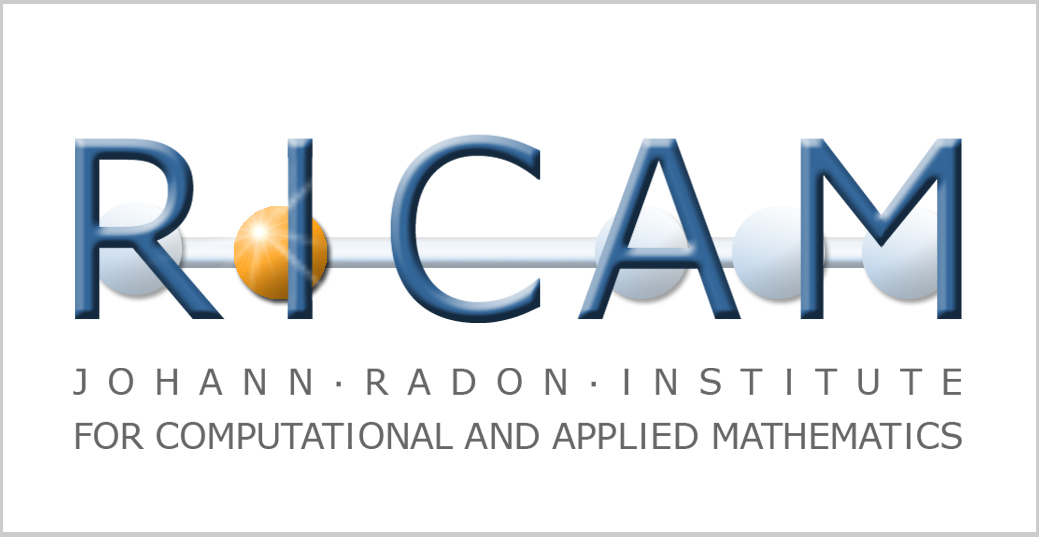 |
4th Algorithmic and Enumerative Combinatorics Summer School 2018 |
Invited Speakers
- François Bergeron (Université du Québec à
Montréal, Canada)
Combinatorial enumeration using symmetric functions, with computer algebra exploration
Abstract: Symmetric functions provide one of the most efficient tools for combinatorial enumeration, in the context of objects that may be acted upon by permutations. Only assuming a basic knowledge of linear algebra, we will introduce and describe the toolbox of symmetric functions; and give many interesting examples of their uses. In particular, we will see that many classical formulas of enumerative combinatorics afford a natural generalization in terms of symmetric functions. This will come together with several proposed experimental explorations using computer algebra tools (using SageMath; or Maple, Mathematica, etc.). We will also mention some accessible open (but hard) problems, including some related to algebraic "versions" of P vs NP; as well as a few open problems that may be more manageable.Subject material:
1) Variable free symmetric functions are best (and easier) for calculations (even for computers);
2) Partitions and the classical bases of symmetric functions;
3) Combinatorial Schur symmetric functions;
4) Classical identities, scalar product, and Robinson-Schensted-Knuth algorithm;
5) Sketch of ties with representation theory;
6) Plethysm, and Kronecker product;
7) Specializations to q-identities and q-calculus.
8) Some aspects of current research involving symmetric functions.
9) How to do it all with SageMath (or Maple).Reference material:
1) F. Bergeron, Algebraic Combinatorics and Coinvariant Spaces, CMS Treatise in Mathematics, CRC Press, 2009.
2) R.P. Stanley, Enumerative Combinatorics, Volume 2, Chapter 7, Cambridge University Press, 2001.
3) I.G. Macdonald, Symmetric functions and Hall polynomials, second ed., The Clarendon Press Oxford University Press, New York, 1995.
4) The current version of the tutorial for symmetric function calculations in Sagemath: http://doc.sagemath.org/html/en/reference/combinat/sage/combinat/sf/sf.html#sage.combinat.sf.sf.SymmetricFunctions
Or a better upcoming version which is in preparation (a preliminary version is available here:
https://more-sagemath-tutorials.readthedocs.io/en/latest/tutorial-symmetric-functions.html)
5) A compendium of identities and formulas involving symmetric functions: https://more-sagemath-tutorials.readthedocs.io/en/latest/2017-05-29-CRM/compendium-symmetric-function-formulas.pdf
6) For the Maple aficionados, Stembridge's SF package is available here: http://www.math.lsa.umich.edu/~jrs/maple.htmlTo prepare for the experimental component:
In preparation for the experimental aspects, one should install the latest version of the open source SageMath (at least 8.1), available at http://www.sagemath.org. To those that are new to SageMath, we recommend that you read the following book, available in French, English (partial), and German:
1) Calcul mathématique avec Sage ( http://sagebook.gforge.inria.fr )
2) Mathematical Computation with SageMath ( https://members.loria.fr/PZimmermann/sagebook/english.html)
3) Rechnen mit Sage ( https://members.loria.fr/PZimmermann/sagebook/CalculDeutsch.pdf ) - Éric Fusy (Laboratoire d'informatique de l'École polytechnique, France)
- George Labahn (University of Waterloo, Canada)





